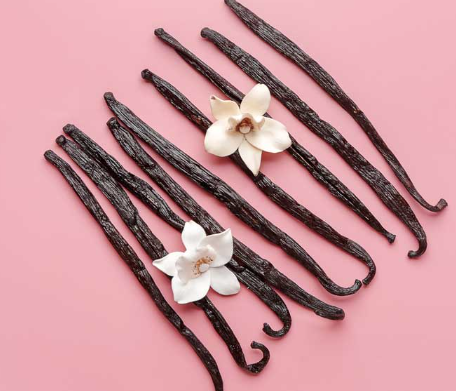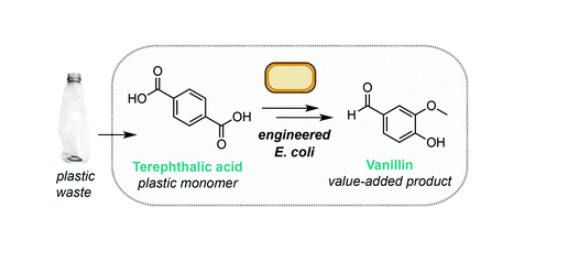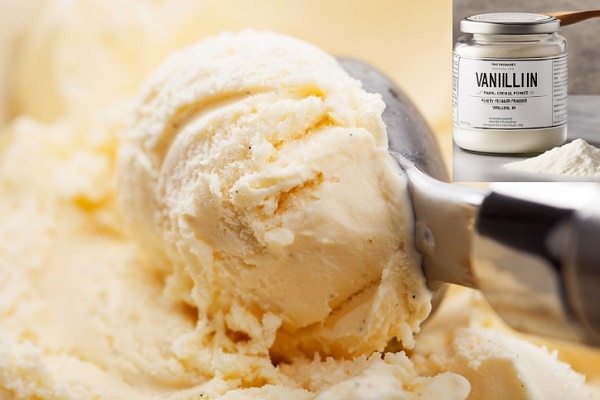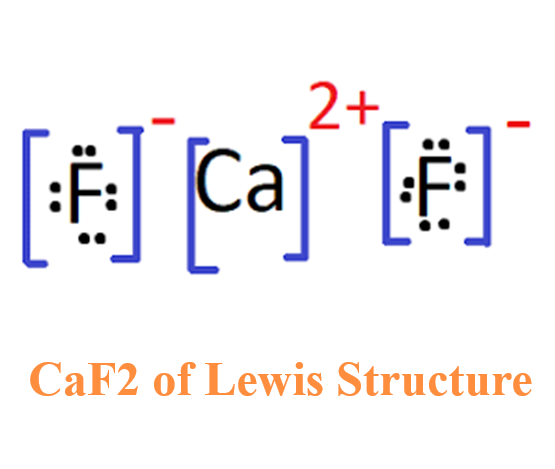Vanillin: The Versatile Flavor Compound from Nature and Its Diverse Applications
Introduction
Vanillin, chemically known as 4-hydroxy-3-methoxybenzaldehyde, is a naturally occurring phenolic compound that is characteristic of the Vanilla genus within the Orchidaceae family. It is synthesized through the phenylpropanoid pathway, starting from L-phenylalanine, with the hydroxylation at the 4-position catalyzed by the cytochrome P450 enzyme cinnamate 4-hydroxylase. Vanillin is found in several Vanilla species, including Vanilla planifolia, Vanilla pompona, and V. tahitensis.
Sources

Vanillin is sourced both naturally and synthetically. Natural vanillin is primarily extracted from the beans or pods of Vanilla planifolia, with other species like Vanilla pompona and V. tahitensis contributing to the supply, albeit with lower vanillin content. Synthetic vanillin is produced from eugenol and guaiacol, which are derived from fossil hydrocarbons.
Uses
Vanillin's popularity as a flavoring agent is unmatched, with its use dating back to the Aztecs in the 14th century and its introduction to Europe by Cofiezin. The cured pods of Vanilla planifolia are the main source of natural vanillin, with other species playing a significant commercial role. The flavor profile of vanilla extract is complex, with vanillin being the predominant compound among many volatiles like guaiacol, p-anisaldehyde, and methyl cinnamate. The demand for vanillin extends beyond flavoring, with applications in the food, pharmaceutical, and cosmetic industries, making its synthesis a topic of keen interest for researchers. Approximately half of the world's synthetic vanillin is utilized as an intermediate in the production of chemicals, pharmaceuticals, herbicides, antifoam agents, and various drugs.
Versatility
Vanillin's applications are diverse, ranging from food and beverage flavorings to use in e-cigarette liquids, cigarettes, perfumes, and pharmaceuticals. It serves as a flavoring agent, a component in antidepressant drugs, and a treatment for sickle cell anemia. Vanillin also has anti-mutagenic properties, functions as a reagent in analytical chemistry, and is part of formulations for insect attractants and repellants. Its antimicrobial and antifungal properties, along with anti-inflammatory and potential anti-carcinogenic effects, highlight its versatility in various fields[1].
Derivatives
While vanillin itself exhibits low antibacterial activity, its derivatives have shown significant potential. Certain vanillin-imines have demonstrated activity against E. coli, and derivatives such as piperidin-4-one oxime esters have displayed both antioxidant and antimicrobial properties. The biological activity of these derivatives can be enhanced by specific aryl-ester substituents, with modifications like the 3,4,5-trihydroxy-phenyl group improving antioxidant activity and 4-F or 4-Cl-phenyl derivatives showing strong antibacterial effects.
[1] Bimal Prasad Jit . “Phytochemicals: A potential next generation agent for radioprotection.” Phytomedicine 106 (2022): Article 154188.
References:
[1] BIMAL PRASAD JIT . Phytochemicals: A potential next generation agent for radioprotection[J]. Phytomedicine, 2022, 106. DOI:10.1016/j.phymed.2022.154188.You may like
Related articles And Qustion
See also
Lastest Price from Vanillin manufacturers

US $1.10/g2025-09-12
- CAS:
- 121-33-5
- Min. Order:
- 1g
- Purity:
- 99.9%
- Supply Ability:
- 100 Tons Min

US $0.00/kg2025-09-02
- CAS:
- 121-33-5
- Min. Order:
- 1kg
- Purity:
- 99%min
- Supply Ability:
- 20tons





